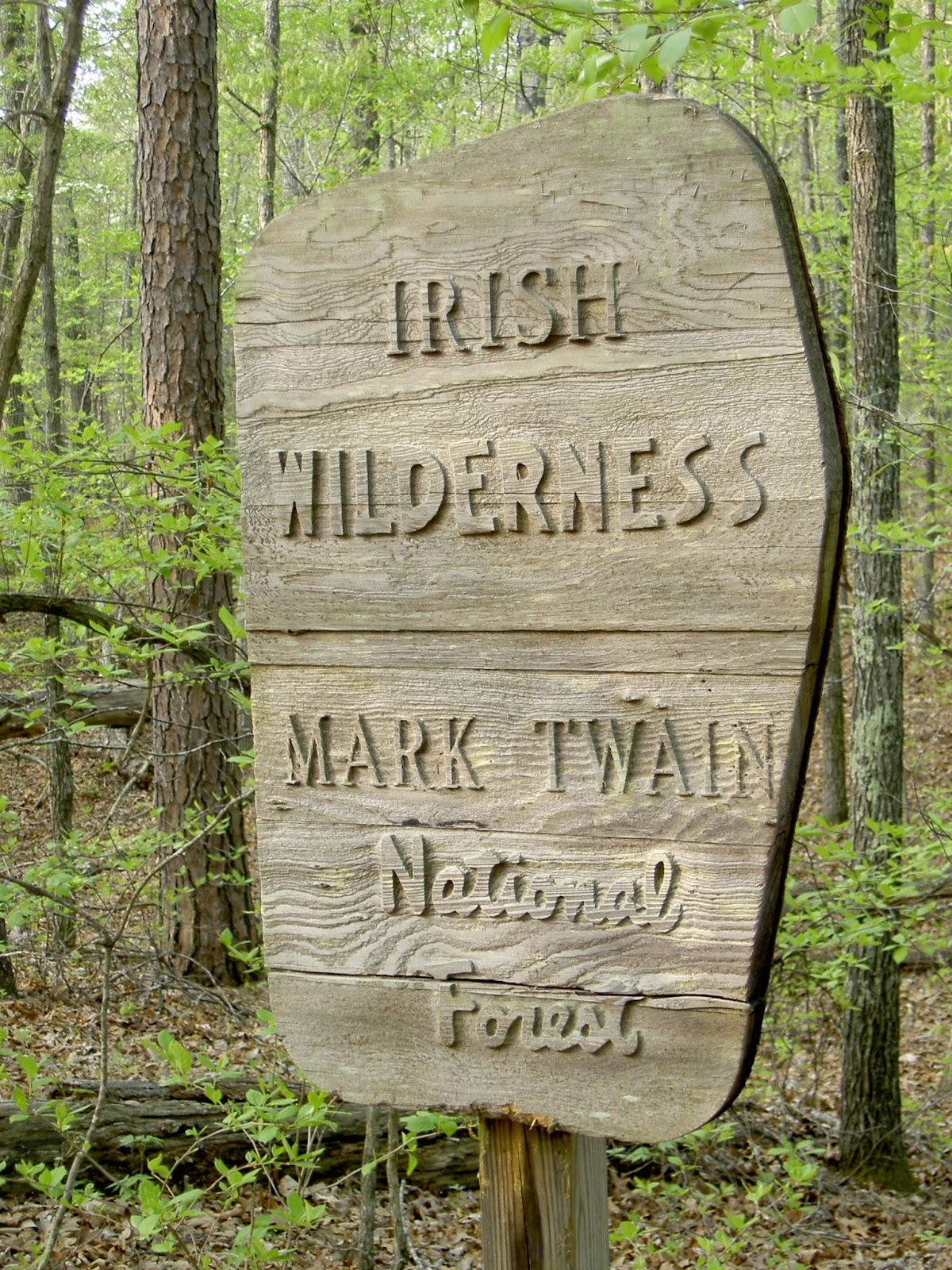The train from St. Louis arrived in due time at Martinsburg Station, and having taken a seat in one of the coaches, I was soon reversing the journey I had made two nights previous on the handcars. Nothing unusual transpired on the way until we had reached Centralia, where, as the train was passing out from the Station, a troop of horsemen, moving rapidly across the prairie north of us, came in sight, halted, and quickly formed a line facing the train. Knowing well from their appearance, and as they wore no uniform, that they were guerillas, we feared a volley from their guns every moment. In anticipation of this, some federal soldiers who were aboard the train, brought their muskets to a ready to return the volley. But there was no firing, however; the train having passed quickly out of range. These armed horsemen were, no doubt, outposts from Bill Anderson’s guerillas, four hundred strong, then encamped in the woods and ravines in sight of Centralia, and waiting for an opportunity to attack some passing train.The ill-fated train that the attack fell on was the first following the one I was on. It came along the next day at noon. As it approached the Centralia Station, the guerillas with savage yells rushed out from their hiding places, and throwing obstructions on the track, commenced firing on the train which had to stop. Then the robbing began. Money, gold watches, jewelry, were dragged off the persons and pulled from the pockets of the passengers, men and women, indiscriminately. The express safe was broken open and rifled. Packages and boxes of express goods, and trunks were broken open and emptied of their valuables. A number of federal soldiers on the train were ordered out, put into line, and shot dead on the spot. A major of the federal army commanding one hundred and fifty mounted men, sallied out from a neighboring military post to give battle to the guerillas. These being vastly in majority and likewise better armed and equipped, fell upon the federals and slew them almost to a man. The railroad train, depot, and cars, were fired and burned.Never was there a more heart-rending scene of carnage and devastation; and for the like of it, for cold-blooded cruel atrocity, we look in vain in the annals of military history, even of savage nations. Had I waited or been delayed at Martinsburg or Mexico for that train, and had the federal military passes that I carried, been found on me, which certainly would have happened, as the pockets and pocket-books of all passengers were searched, there is no doubt whatever that I would have shared the fate of the poor fellows who fell on that occasion. Ever and always has the hand of God seemed raised over me, to protect me from otherwise unavoidable disaster and danger. To God’s infinite mercy I owe my life saved hundreds of times.
According to the Wikipedia article on Bill Anderson:
At Centralia, Anderson's men killed 125 soldiers in the battle and 22 from the train in one of the most decisive guerrilla victories of the Civil War. It was Anderson's greatest victory, surpassing Lawrence and Baxter Springs in brutality and the number of casualties





